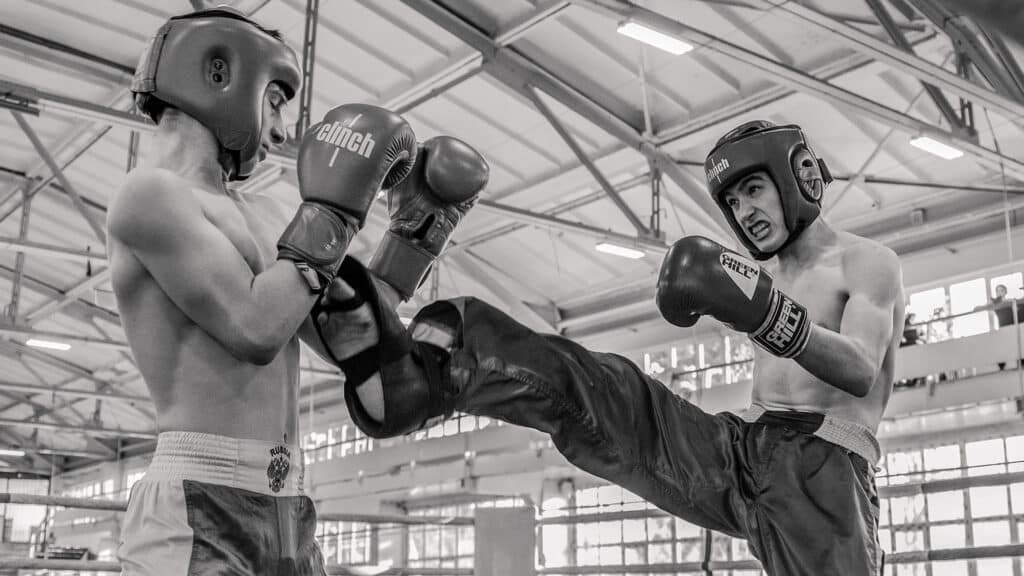Does Headgear Protect Nose When Fighting?

When entering the world of combat sports or martial arts, protective gear is something you’ll want to consider buying. Among the array of equipment available, headgear is often at the forefront, touted for its ability to protect the skull, brain, eyes, and to some degree, the nose. But how effective is headgear when it comes to nose protection? Let’s dive in.
What is Headgear?
Headgear, also known as a head guard or helmet, is protective equipment worn on the head during combat sports such as boxing, kickboxing, and taekwondo. Its primary purpose is to reduce the risk of cuts, bruises, and superficial injuries. Many assume that it also reduces the risk of concussions, but the evidence on this is still debated.
Types of Headgear
- Open-Face Headgear: This type offers protection to the forehead, temples, and back of the head but leaves the face, including the nose, largely exposed. This is common in taekwondo and some other martial arts where punches to the face aren’t a primary concern.
- Full-Face Headgear: As the name suggests, this type provides more comprehensive coverage, including cheek protectors and sometimes a bar or padding across the nose. This design is more common in sports like boxing, where the face is a primary target.
Does Headgear Protect the Nose?
Pros:
- Cushioning: Full-face headgear with a nose bar or extra padding can distribute the force of a blow, potentially reducing the chance of a broken nose.
- Reduction of Cuts and Scratches: A glove scraping across the nose can cause cuts or scratches. Headgear can reduce this type of superficial injury.
- Mental Assurance: Knowing you have some protection can boost confidence, allowing a fighter to focus more on technique and less on the fear of injury.
Cons:
- False Sense of Security: Some fighters may believe they are more protected than they are, leading to reckless tactics or taking unnecessary risks.
- Limited Actual Protection: A direct, powerful strike can still break or damage the nose, even with headgear. The padding might not be enough to absorb the full force of a powerful punch or kick.
- Vision Obstruction: Some athletes complain that full-face headgear can obstruct peripheral vision, which is crucial in combat sports. This can actually make them more susceptible to strikes they don’t see coming.
- Increased Target Size: The bulkiness of headgear can make the head a bigger target, potentially leading to more blows to the face and nose.
Studies & Recommendations
While there’s a dearth of studies specifically focused on nose protection, broader research on headgear provides some insights:
- Concussion Debate: Many experts believe that while headgear might prevent superficial injuries, it doesn’t necessarily reduce the risk of concussion. The brain still moves inside the skull upon impact.
- Olympic Boxing: The International Boxing Association (AIBA) decided to remove headgear for male elite senior boxers in the Olympics starting in 2016, citing studies that suggested a possible reduction in concussions without headgear. This decision, however, remains controversial.
- Personal Preference: Ultimately, the choice often comes down to personal preference and the rules of the specific sporting event or organization. Some athletes swear by their headgear, while others prefer to fight without it.
Conclusion
Headgear can offer some level of protection to the nose, especially designs with nose guards or additional padding. However, no protective equipment can guarantee complete safety. Proper training, technique, and awareness remain paramount in reducing the risk of injury in combat sports. Those concerned about nose injuries should consult with trainers and consider additional protective measures, such as nose guards or face shields, in conjunction with headgear.